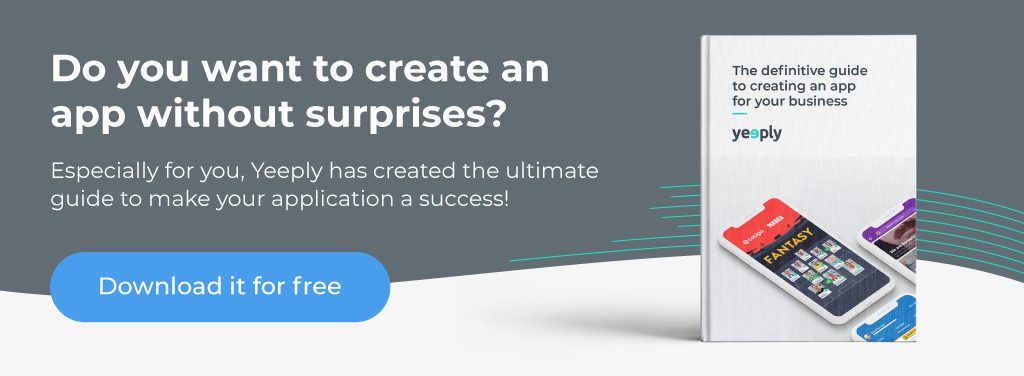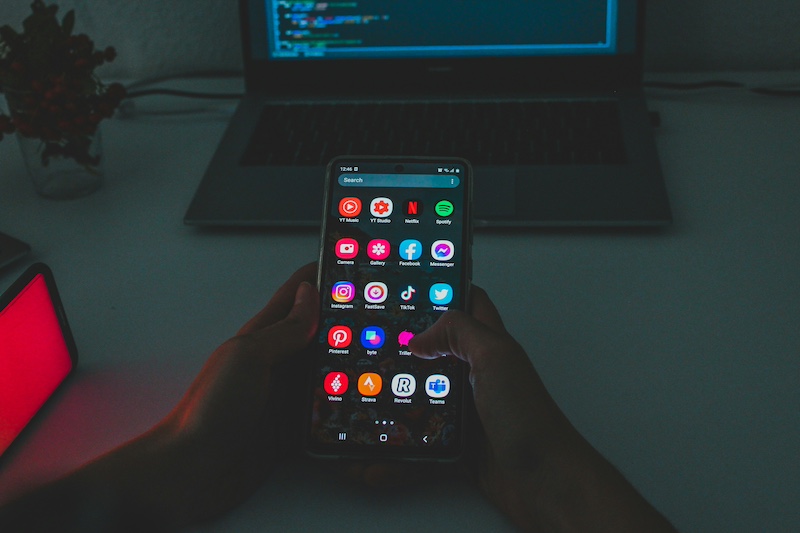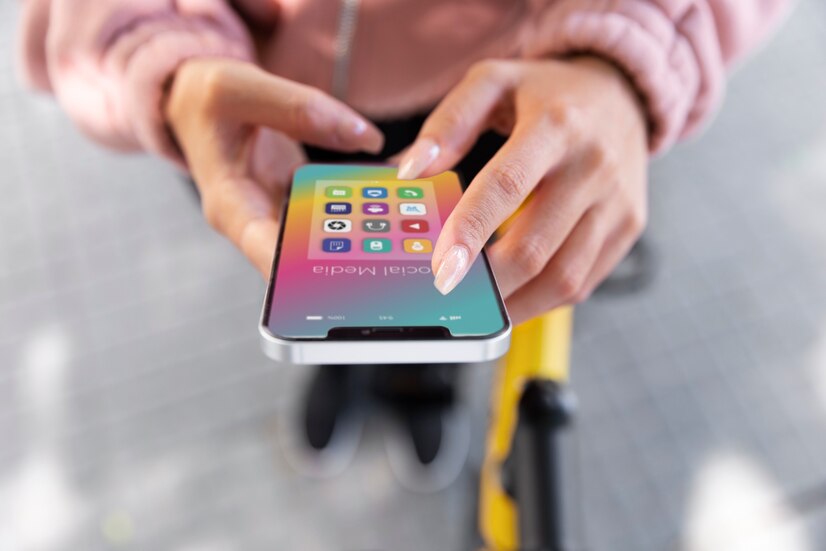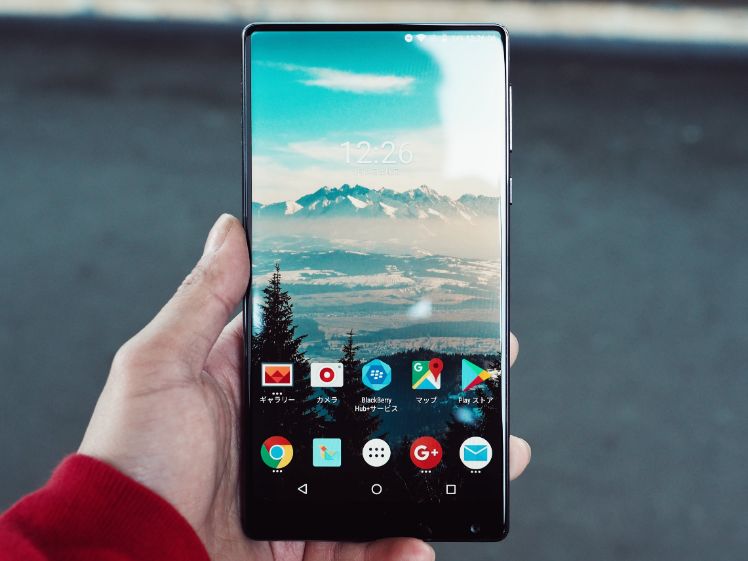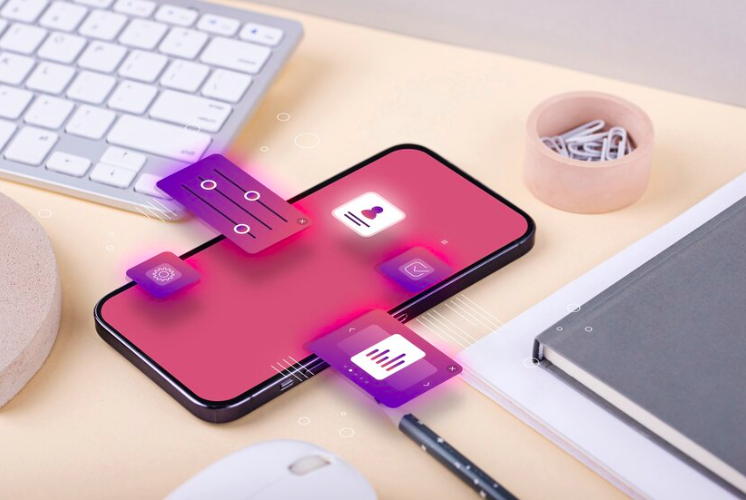Creating apps for Android and for iOS may seem very similar to the untrained eye, but the truth is that each of these two operating systems has its own peculiarities. There are many differences between Android and iOS − both in the technical foundations of app development and in the process of building an application itself.
And not only at the technical level of Android and iOS development but also in terms of design and app marketing strategy. In other words, the whole concept of an app will be depending on the chosen operating system. Developers who are switching from one operating system to another, with a completely different programming language, will notice the dissimilarities.
Index- Differences between Android & iOS
- Differences in development
- Additional aspects to take into account
- Current market share
- Google Play Store vs Apple App Store
- Conclusion
Android vs iOS app development
Let’s take a look at some differences that are usually noticed by developers during the process of developing mobile apps for Android and iOS.
Programming language
The Android and iOS operating system are each programmed in different programming languages. This is exactly the biggest difference: iOS apps run on Objective-C / Swift, while Android apps run on Java.
Testing
An app’s QA testing stage is an essential part of the mobile app development process. The same applies to games and other kinds of software. One must ensure that the app he is developing, works perfectly. The iOS simulator and the Android emulator are examples which are often used to test this.
A tangible difference is that the iOS simulator is much faster than its Android counterpart. However, the Android emulator has the comparative advantage of being an effective virtual machine including CPU, which makes it more realistic than its iOS equivalent. In fact, the iOS simulator often fails to render accurate and realistic representations of Apple devices.
For this reason, it is significant to carry out several tests on real mobile devices to see the app’s interaction flow and detect possible bugs.
?Related content | What is unit testing? How can it be carried out?
Interface
This is the point where we come across the visual differences between developing an app for an Android or iOS end-user. At the technical level, the developer will build XML files onto Android interfaces. These are very similar to iOS’ XIB files.
The quality of iOS animations is better than the one from Android. Google has tried to fix this through the preview of Android L and by establishing an app design trend known as Material Design. In the meantime, Apple has always been focusing on soft, complex and powerful animations by looking after its aesthetics and user experience carefully. Google, on the other hand, decided to rather focus on the hardware instead of these aspects.
?? Recommended reading: Where to Find an Android App Development Company

‘Going back’
Another prominent difference between Android and iOS is the ‘Back’ button included in Android which doesn’t exist in iOS. Every app development process must be carried out taking this into account.
The back button is also used for navigation in Android. The lack of this button in iOS means that the app developer should indicate on the screen how to go back or if there is another way to complete this action using another interaction flow.
? You might be interested | Top Mobile App Trends for 2020

Other differences between Android and iOS apps
- Delegate vs. Adapter: iOS uses a delegate when using delegation patterns. In Android, such patterns are represented with an adapter. Although they are meant for different platforms and expressed through words, these are very similar concepts.
- UIViewController vs Activity: we’ll be using the Activity class when programming in Android to represent certain screen display on a mobile device running on Android. In iOS, this job will be taken on by a controller called UIViewController. It’s also used for managing the lifecycles of events, subviews, etc. So, they perform the same role, even if they are not exactly the same.
- Unlock: Android devices are unlocked by sliding your finger up and iOS devices are unlocked by sliding your finger to the right.
- Preferences and access permissions: these are better organised in iOS devices, where they can all be found in a specific category in the device’s general preferences section. They are more scattered in Android and one must search through the device a little more to find the settings.
- Maps: we can use either Apple’s Maps or Google Maps when developing apps for iOS. However, we’ll usually use Google Maps when creating apps for Android. In addition, the use of geofencing and beacons are becoming even more popular in combination with this.
Additional aspects to take into account
When it comes to creating apps, differences among operating systems are not only detected on a technical level. Design and marketing are clearly affected by them at a very basic level. Let’s see how to deal with these distinctions.
Cost
We’ve already discussed the cost to develop an app in a previous article. In fact, the iOS development process is slightly more expensive because of the fact that the demand for iOS apps is lower than for Android apps. In addition to this, the requirements for launching an application in iOS are much higher.
Design
As mentioned before, an app’s design is closely related to its development process. This is why an app’s design is also visually different depending on whether it has been developed for Android or for iOS.
Each of these OS has its own interaction and style, which is strongly influenced by the two big companies that respectively created them. It’s therefore advisable to have expert app designers in one or both operating systems to advise us on our project. Only then can we create genuinely fine native apps.
Related content | Custom App Design: Everything You Need to Create the Application You Want

App Store Optimization
App Store Optimization (ASO) is not the same as an Android app than for an iOS app. We will have to take this fact into account when optimising the app to position it well in the stores. We’ll have to pay special attention to the differences in title and description; all the other variables are more or less the same for both cases.
? Keep reading | What Are The Best Mobile App Marketing Strategies? [2020]
Monetisation and ROI
The return on investment is generally not the same for an Android app as for an iOS app. Focusing on the revenue source (the way of monetising the app itself), we can notice that iOS apps are more likely to charge users for downloading them and for in-app purchases. Android applications are usually free to download and get monetised through ads embedded in them.
Current market share
It might be interesting to know the current market situation of smartphones before deciding for which operating system you want your new application to be developed.
The number of both dominating operating systems speaks volumes in terms of penetrating the market of smartphones. It’s obvious, that currently Android and Apple are the two exclusive and important providers of operating systems for smartphones.
In December 2019, Android was at the top with a market share of 74%. The leading operating system Google Android and Apple iOS jointly possess 99% of the global market share.
Google Play Store vs. Apple App Store
The number of applications is increasing continuously and growing faster and faster. Now, there are nearly 2.6 million apps available in the Google Play Store and 1.8 million apps in the Apple App Store. You can see the exact number of available apps per store, in the graph below.

In contrast to the Google Play Store, the greatest difference between both stores is that all applications are checked by Apple without exceptions. The application has to meet specific requirements and guidelines for apps by Apple. Developers should, therefore, take these into consideration while developing an app for iOS. The process of verifying the application last approximately 3-4 weeks.
Android, on the other hand, does not have such strict verification procedures. Unfortunately, fake apps regularly appear in the Google Play Store and scammers try to profit on big trends by creating fake apps for those popular apps. However, in many cases, fake apps become visible due to bad ratings of fraudulent apps.
✅ You might be interested: [Guide] How to publish your app on Google Play Store
Conclusion: what is the difference between Android and iOS?
If you’re planning on creating a viral app, consider building it for Android. Depending on your target audience and objectives, you might want to include iOS too. This way, you’ll cover the biggest part of potential users worldwide.
In case you’re looking for advice from mobile app industry experts or if you’re looking for the right team to build your app, Yeeply can help you out. Tell us about your project and we’ll provide you with a custom solution.
Editor’s note: This article was originally published in November 2017 and has been updated for freshness, accuracy and comprehensiveness.


